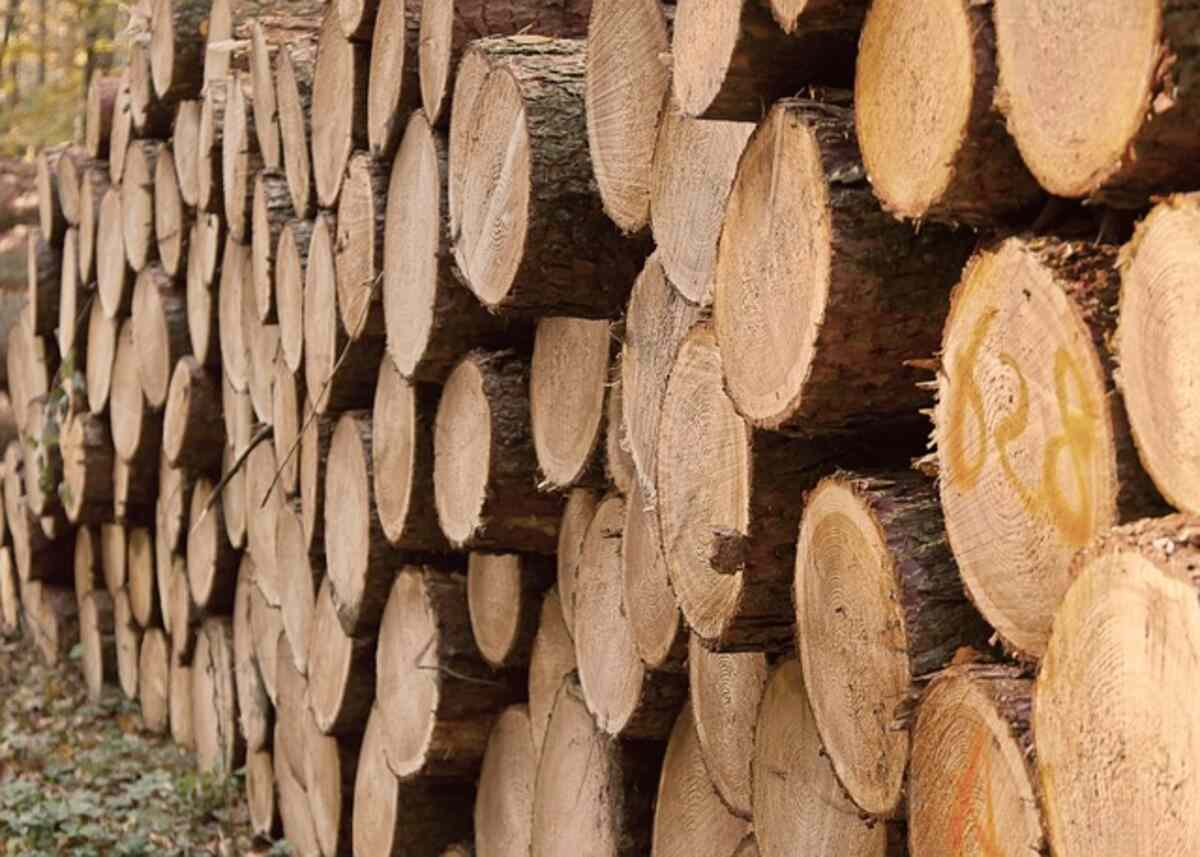Fixing the Ground of Your Wooden Shed
It’s that time of year when everyone starts to re-enter the garden, only to discover that their shed base is beyond saving. Timber bases typically deteriorate before the shed due to their shorter expected lifespan (between 5 and 10 years). This means the floor may need to be replaced before the hut.
How to assemble a shed floor in a hurry
What You’ll Need
Psychic Gauge
Hammers, either mallet or sled
A pegged line (for measuring)
Cover for a landscape barrier (against encroaching weeds).
Keeping the greenery barrier in place with a pea shingle.
Shed Foundation Designed to Fit Your Existing Shed
Screws rated for usage in the great outdoors
A sympathetic friend
Taking down the shed
It would be best to wait for dry weather to install a shed base, or you’ll have to store the shed’s contents elsewhere. If the weather is nice, you can move out and spread a ground sheet elsewhere. You’ll need to lift the shed off its foundation when you’re finished. It is common practice to screw or nail the shed’s panels to the floor. The roof must be removed first; this is done by cutting away the old shed felt to get to the shed’s original connections. Once these are removed, carefully remove the roof in sections, taking care not to damage any panels that need to be reattached to the same spots once the base has been set. Once the top is gone, you may remove the four shed panels that are screwed or stapled to the floor.
Once the shed’s walls are taken down, you can assess the damage to the foundation and floor. Once the base is in place, you can reuse the lovely floor timber you saved.
After you’ve salvaged everything from the previous base, you can throw it away in a skip or at the local dump.
Construct the new foundation.
Typically, shed floor kits made of timber are prefabricated. The use of external screws makes them simple to assemble. Start by laying down the outside bearer, then screw in the longest bearers across the frame. When the frame is finished, arrange it where you want it and use pegs to make marks. The loading pegs must be firmly hammered into the ground inside the peg frame. If your shed transports large objects, concreting the loading pegs into the environment may be a brilliant idea. When the pegs are in place, you can take the frame off.
Achieving a Flat Shed Foundation
Now that you have everything set up, you can find your levels. Always write a level on each peg using your spirit level, starting from the lowest base point, to guarantee your floor is level. First, tie a string around a nail and place it along the level’s line. The bottom of your shed should be at this height. Next, have your friend help you position the shed’s frame over the pegs and screw it into place using the rope as a guide.
Replacing the subfloor
Once the subfloor’s frame is in place, reattach any usable boards by nailing them to the edge. A wood preserver applied at this point will help both the new and old wood last for many more years.
Apply the shed again to the new foundation.
The time has come to reinstall the previously removed panels and roof. The roofing felt should be replaced at this time. A second opportunity to treat the wood has presented itself now that the discussions have been installed.
DIY and construction materials have never had a more dedicated price comparison site than BuildingSupermarket.com in the UK. To ensure you always get the lowest price, we constantly check the prices of over 120,000 products from the leading merchant suppliers in the UK.
Read also: Tips For Organizing Ad Groups In Google AdWords To Boost Click-Through Rate.


